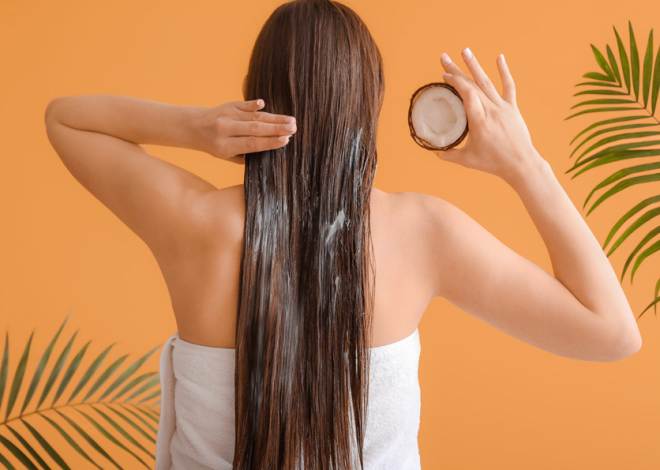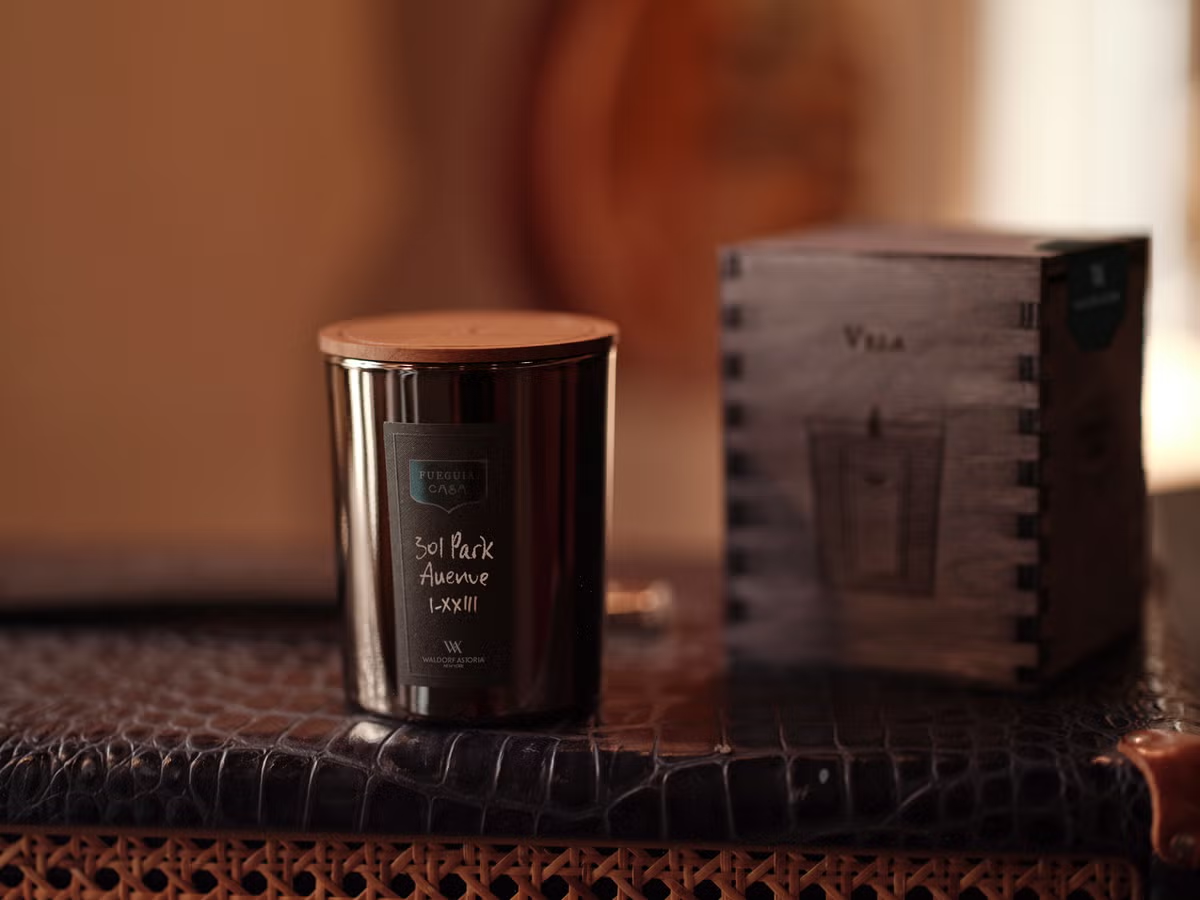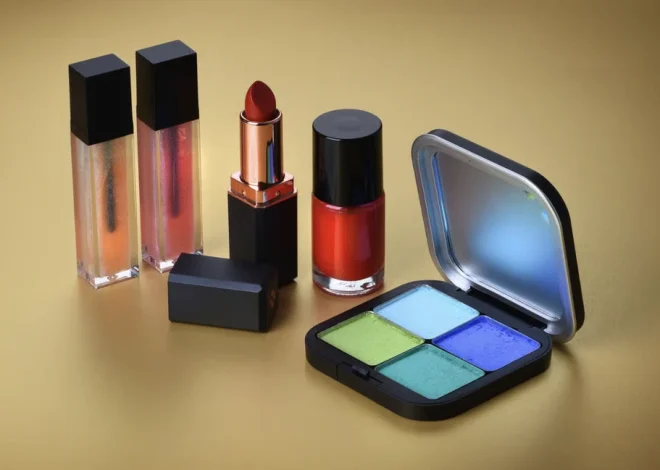6 Companies Revolutionizing Sustainable Beauty Products

The beauty and personal care sector is increasingly pressured to minimize its environmental impact, particularly in the areas of eco-responsibility and the use of fossil-derived ingredients and microplastics in cosmetic formulations.
Here are several companies making significant strides in this area.
Marine Ecotoxicity Testing for Research & Development
With growing concern over ocean pollution and the decline of marine biodiversity, more beauty consumers are considering the environmental consequences of the products they use, especially concerning marine ecosystems. This has led to an increase in demand for eco-friendly sunscreen products.
In response, INNOV&SEA, a testing company, has developed a marine ecotoxicity test designed for cosmetic formulators during their R&D phases. A spin-off from the Centre national de la recherche scientifique (CNRS) laboratory at Université Côte d’Azur in Nice, this tool allows beauty and personal care brands to accurately assess the environmental effects of their formulas during the R&D process. According to the company, this provides brands with the ability to make adjustments in formulation or remove controversial ingredients, ultimately reducing their ecological footprint on marine life.
Sustainable Microplastics Alternatives
Cellugy, a Danish startup, has introduced EcoFLEXY, a cellulose-based ingredient platform aimed at replacing fossil-derived ingredients and microplastics in beauty products. These rheology modifiers are not active ingredients, but rather work to improve the texture and consistency of formulations.
The company recently secured €8.1 million in EU grant funding to scale its sustainable microplastics alternative. Dr. Isabel Alvarez-Martos, CEO of Cellugy, shared that these funds will allow the company to increase production capacity.
Biodegradable Plant-Based Pigments, Sequins, and Glitters
Sparxell has developed a range of 100% plant-based and biodegradable color pigments, sequins, and glitters specifically for color cosmetics. Made from renewable cellulose, these products are entirely nature-positive, replacing synthetic materials while cutting down on greenhouse gas emissions and eliminating the need for microplastics.
Invasive Seaweed as a Cosmetic Ingredient
Origin by Ocean, a Finnish green chemicals company, has partnered with CABB Group, a German chemicals firm, to launch a biorefinery in Kokkola, Finland, dedicated to converting invasive seaweed into valuable cosmetic ingredients.
Utilizing Origin by Ocean’s patented technology, the biorefinery will extract chemicals from Sargassum seaweed. This brown seaweed, which has invaded Caribbean and West African coasts, disrupts marine ecosystems, damages local economies, and renders beaches unusable. According to Jamaican government data, the annual cost of cleaning up Sargassum from Caribbean shores is approximately $120 million.
Upcycled Tomato Oil
Native Extracts, an Australian company, has developed Red Velvet Oil by upcycling surplus tomatoes. This oil is said to provide a range of benefits, including anti-aging, skin barrier protection, sun protection, post-sun care, and ingestible beauty benefits.
The company repurposes over 5,000 tonnes of surplus tomato seeds and food-processing waste each year to produce this cold-pressed oil, which is touted as an eco-friendly source of lycopene, phytosterols, and fatty acids.
Upcycled Olive Squalane
French firm Sophim has introduced Photosqualan, an olive-derived squalane used in skincare formulations. This emollient is produced by upcycling olive oil from the food industry and provides numerous benefits, such as soothing properties, anti-inflammatory effects, and support for anti-aging, stretch marks, and antioxidant needs.



